Thesis Publication
nGrowing with Garments:
Promiscuous Care in Fashion
2021 - Ongoing
Promiscuous
care suggests the capacity to value the skills and resources as well as
promotes the capabilities of every stakeholder, including both humans and
nonhumans. The practice of promiscuous care begins with understanding differences
and acknowledging interdependencies. In the realm of fashion, individuals are
disconnected from the experience of agency to care for more-than-human
creatures. Previous research reveals that the product demand in the apparel
market keeps increasing even during the COVID-19 crisis. Amidst this, consumers
are willing to buy sustainable products but seldom make their behaviour
sustainable. Although the current trend in biodesign for textile is to develop
eco-friendly materials with living organisms, the sales of biodesign products
still outgrow the natural resources. Individuals play a crucial role in fashion’s
relationship with nature, and our actions affect a bottom-up change to the
whole fashion system.
How could an individual become an active agent to practise promiscuous care in fashion? And how could fashion become the medium to bridge the network instead of being the damager? A potential answer emerges from environmental psychology studies stating that the experience of nature leads us to respect and be curious about our surroundings. Above all, it makes us reflect on our actions and possibilities. Co-creating fashion with nature is a way to reconnect us with our surroundings and become active agents that pay attention to materials in use as well as nonhumans’ needs. The livingness fosters more thoughts around care, symbiosis, cohabitation and adaptation. However, a missing topic in fashion studies is how individuals interact with living organisms and what the interaction is being effective for? Thus, the research of this study delved into possible answers by conducting an experiment which speculated a scenario for collaborating with nonhuman species to create a wearable garment.
How could an individual become an active agent to practise promiscuous care in fashion? And how could fashion become the medium to bridge the network instead of being the damager? A potential answer emerges from environmental psychology studies stating that the experience of nature leads us to respect and be curious about our surroundings. Above all, it makes us reflect on our actions and possibilities. Co-creating fashion with nature is a way to reconnect us with our surroundings and become active agents that pay attention to materials in use as well as nonhumans’ needs. The livingness fosters more thoughts around care, symbiosis, cohabitation and adaptation. However, a missing topic in fashion studies is how individuals interact with living organisms and what the interaction is being effective for? Thus, the research of this study delved into possible answers by conducting an experiment which speculated a scenario for collaborating with nonhuman species to create a wearable garment.

The Experiment Process
The
experiment collaborated with artist Dasha Tsapenko on material design to
develop a detachable living collar with hemp and microgreens. It recruited four
participants to join the experiment, in which they had to design, grow and wear
detachable collars with plants for 21 days. The researchers provided the
materials, including seeds, hemp mats, and tools. Participants’ reflections
were recorded in their journals as well as the interviews, which were analyzed
under the framework of Grounded Theory. The results reveal that when the living
nonhuman species engage in fashion, people tend to pay more attention to the
materials in use and give more care to both garments and surroundings. By
collaborating with nonhuman species, individuals not only have a better chance
to examine their behaviours, but the states of their minds can also grow with
the garments. It suggests a possible way to practise promiscuous care in
fashion from an individual level.

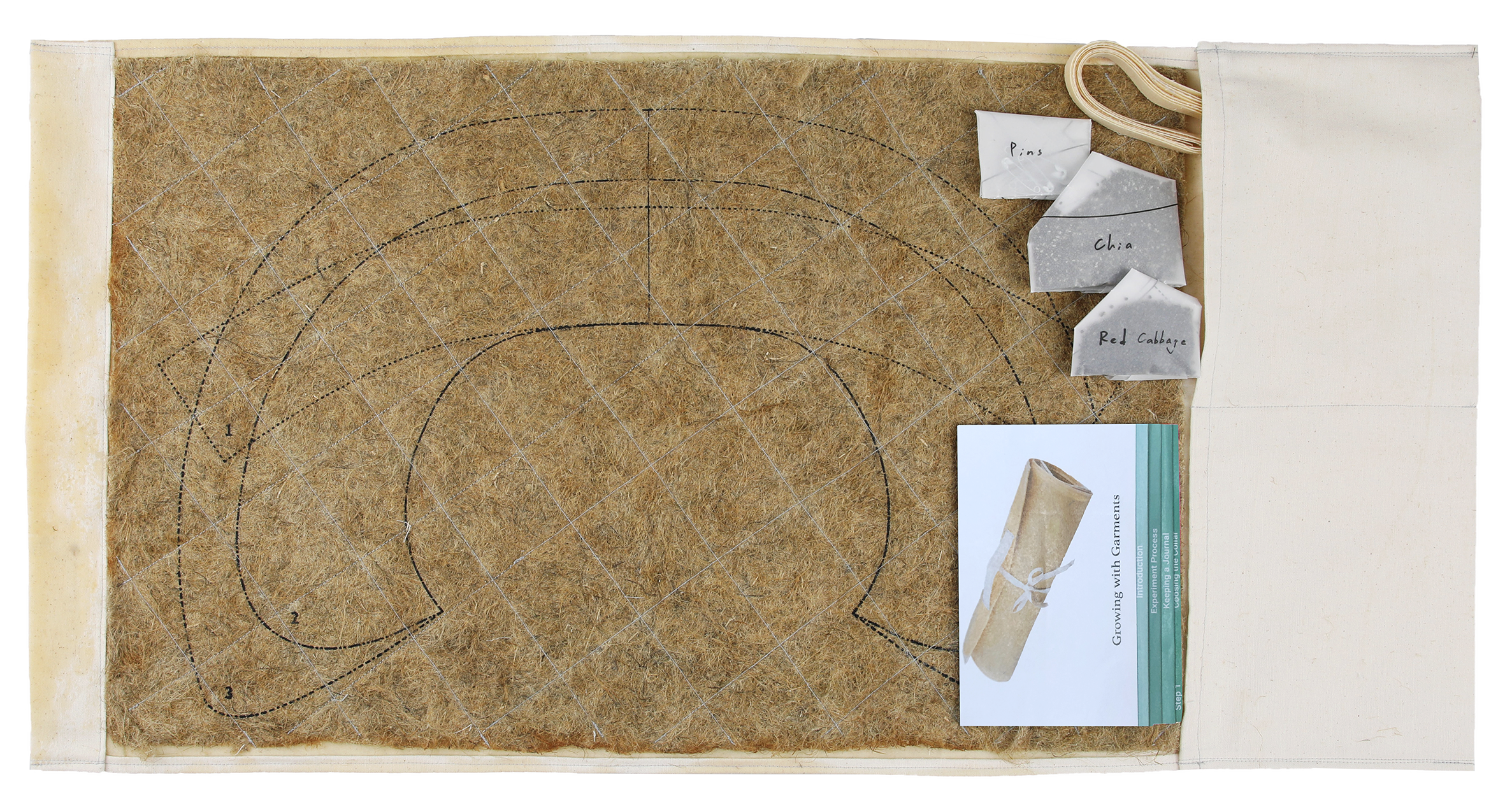
The Collar Kit
Documentary: Participants’ Stories
Experiment Photo Gallery

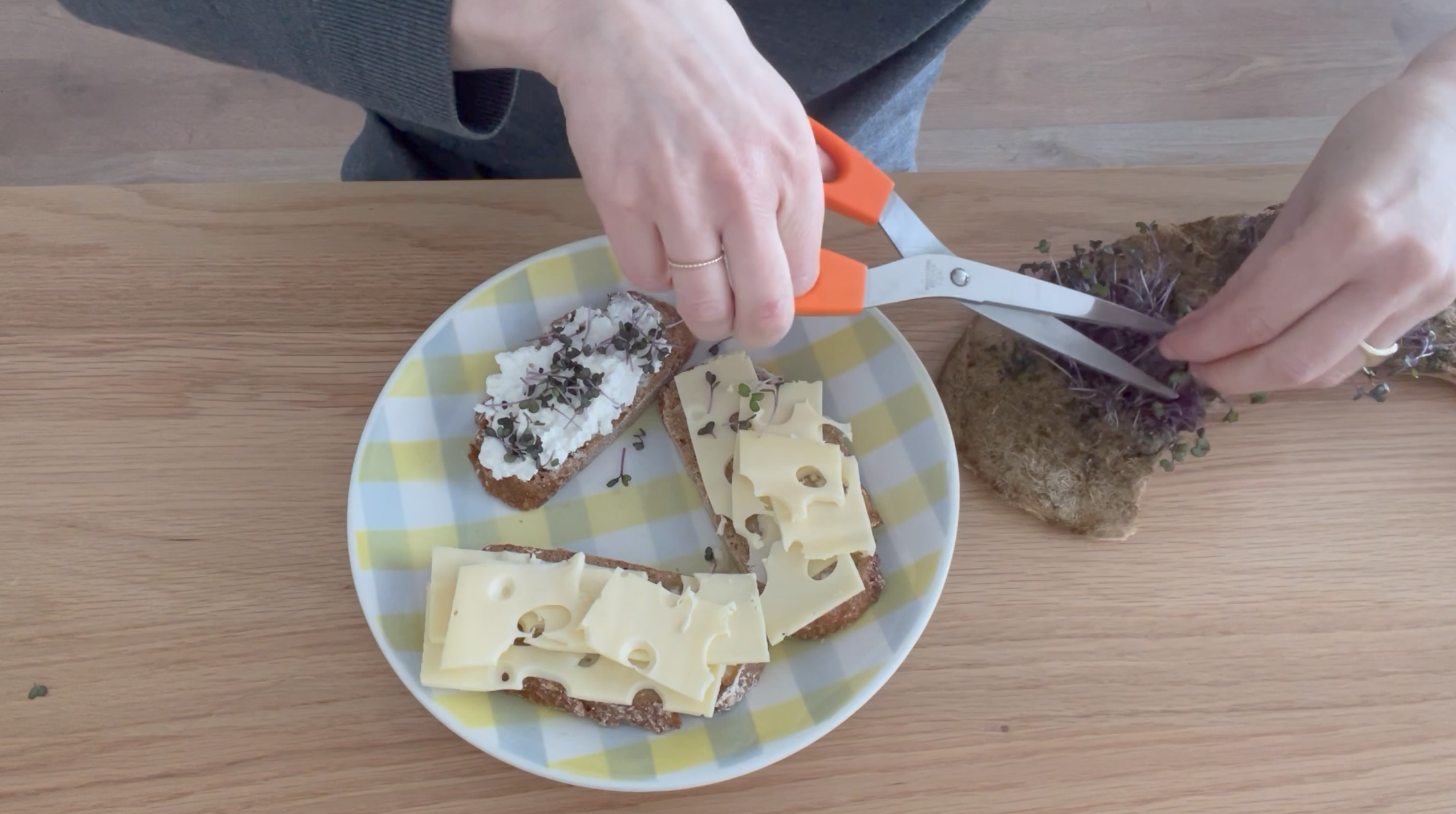
Hanka van der Voet / The Netherlands


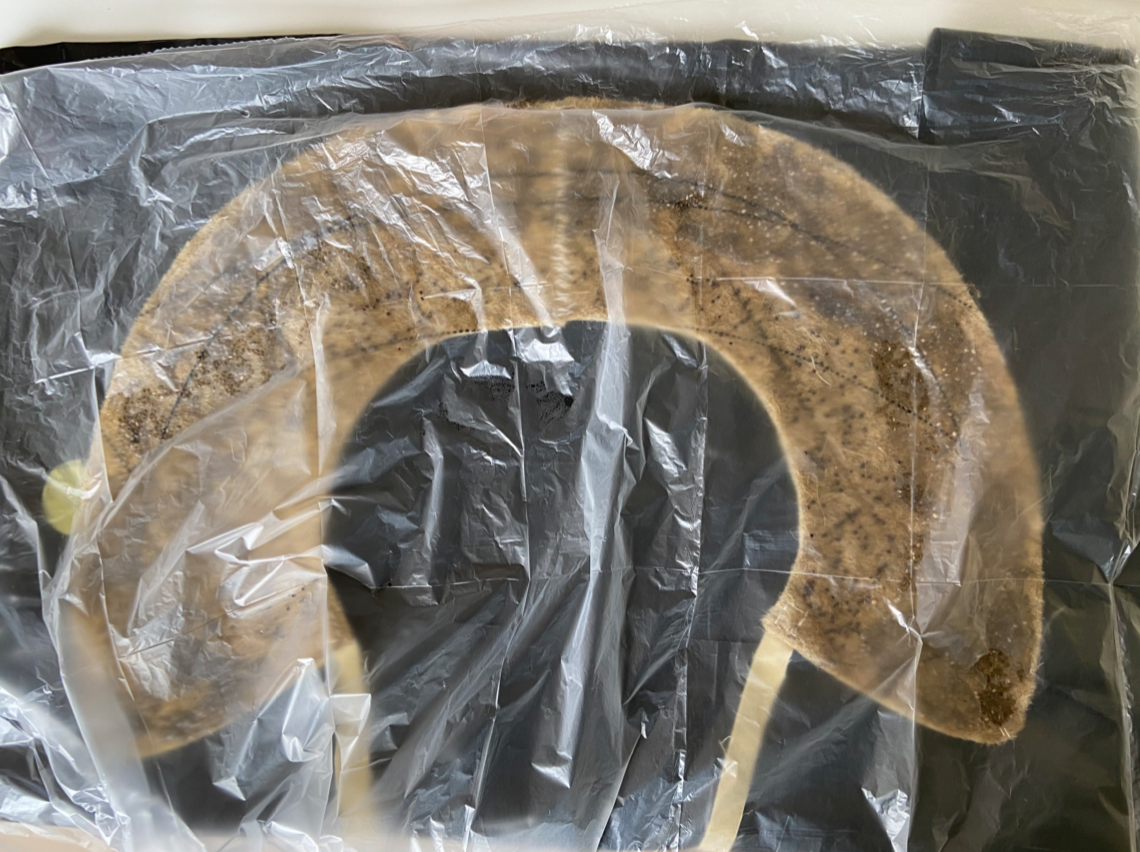
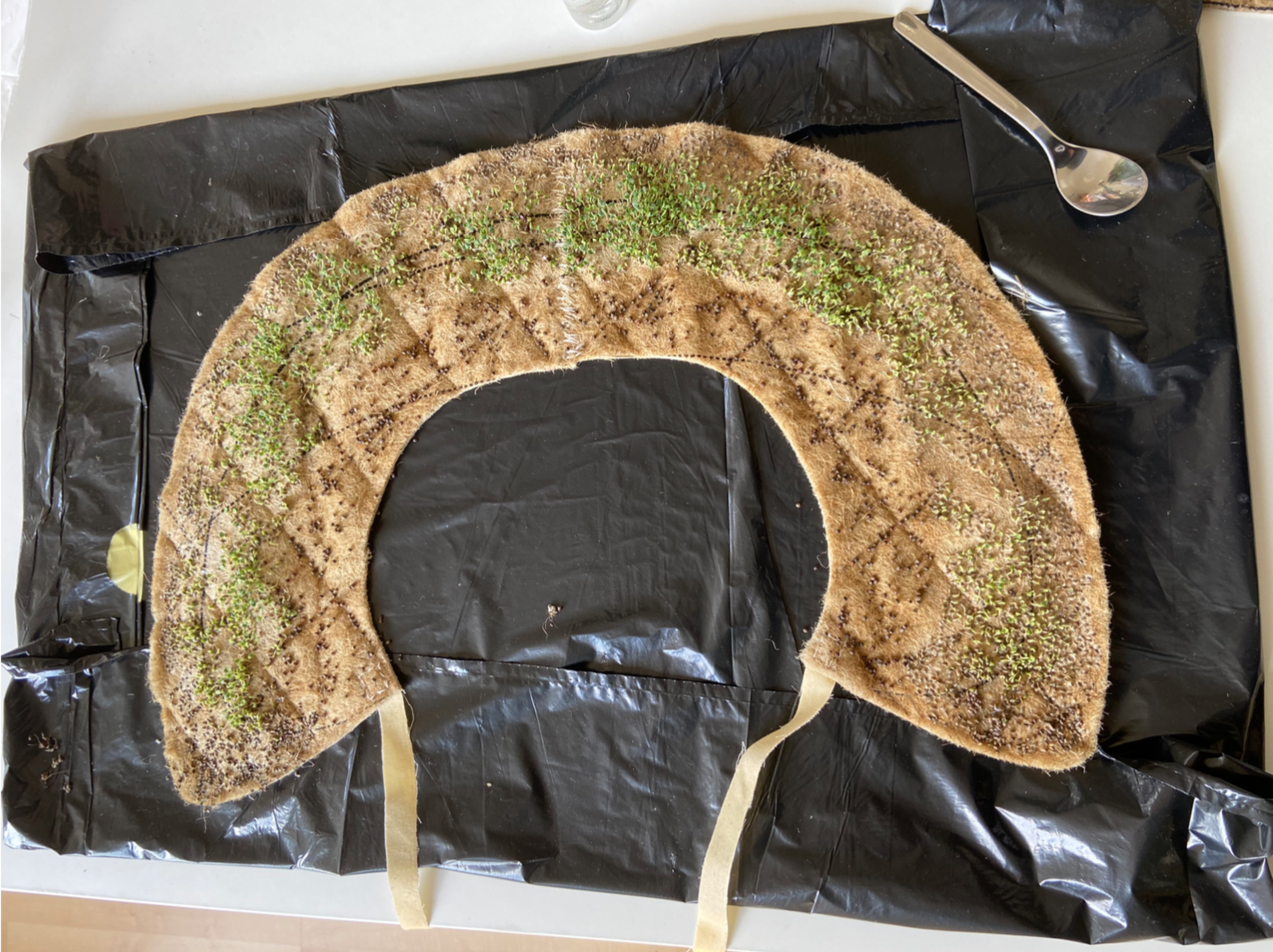

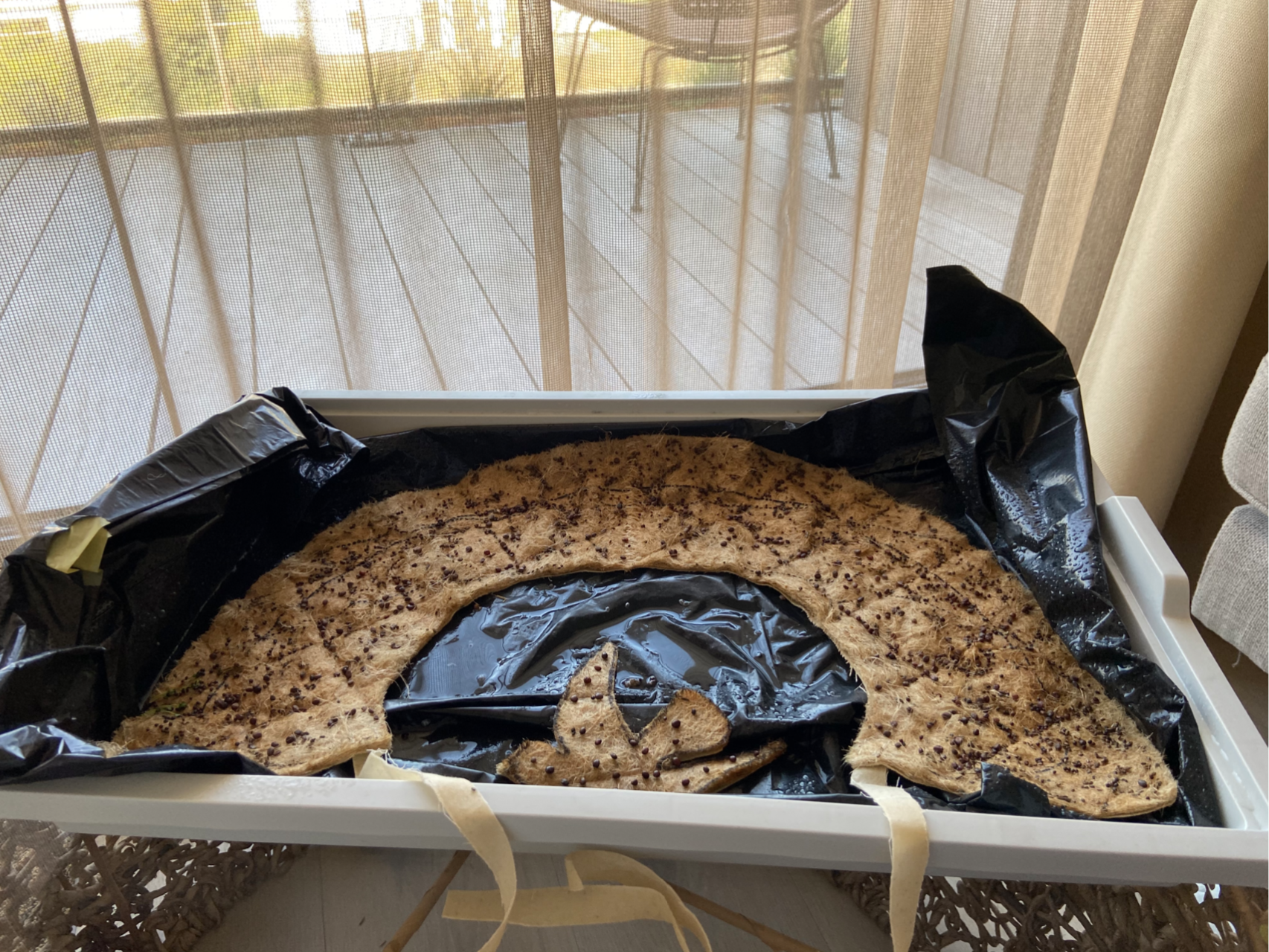
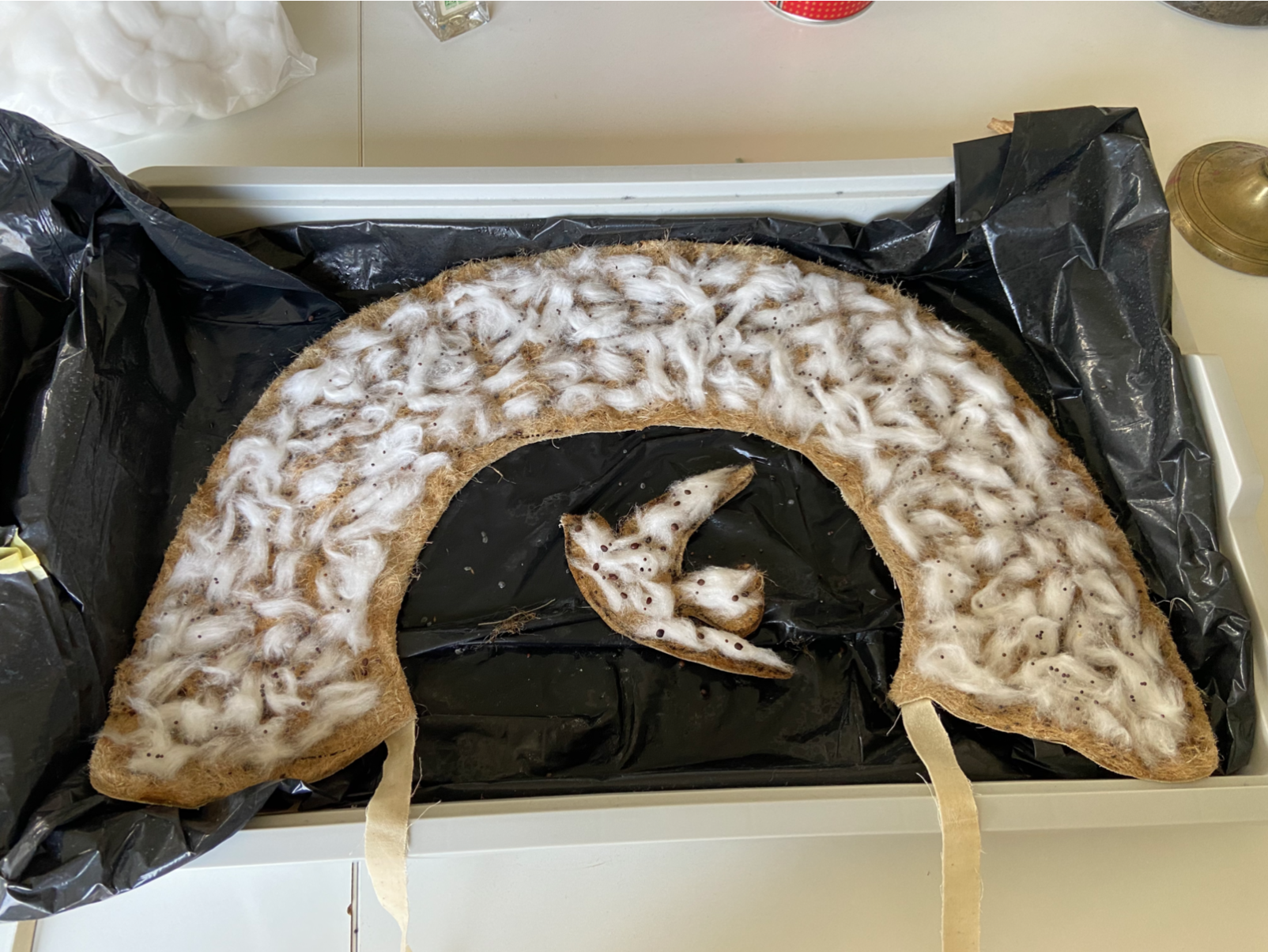
Katharina Siegel / The Netherlands

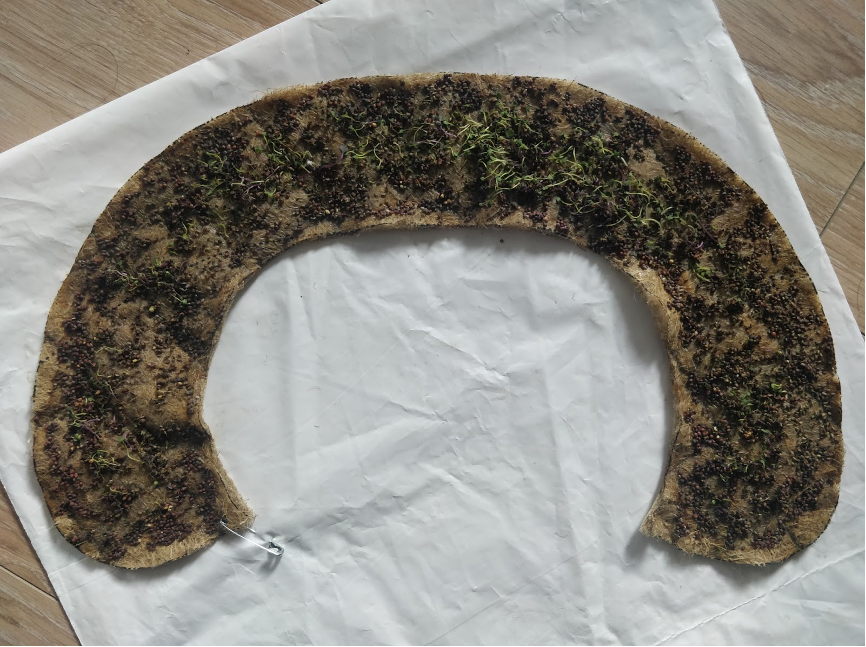
Mayline Au / France
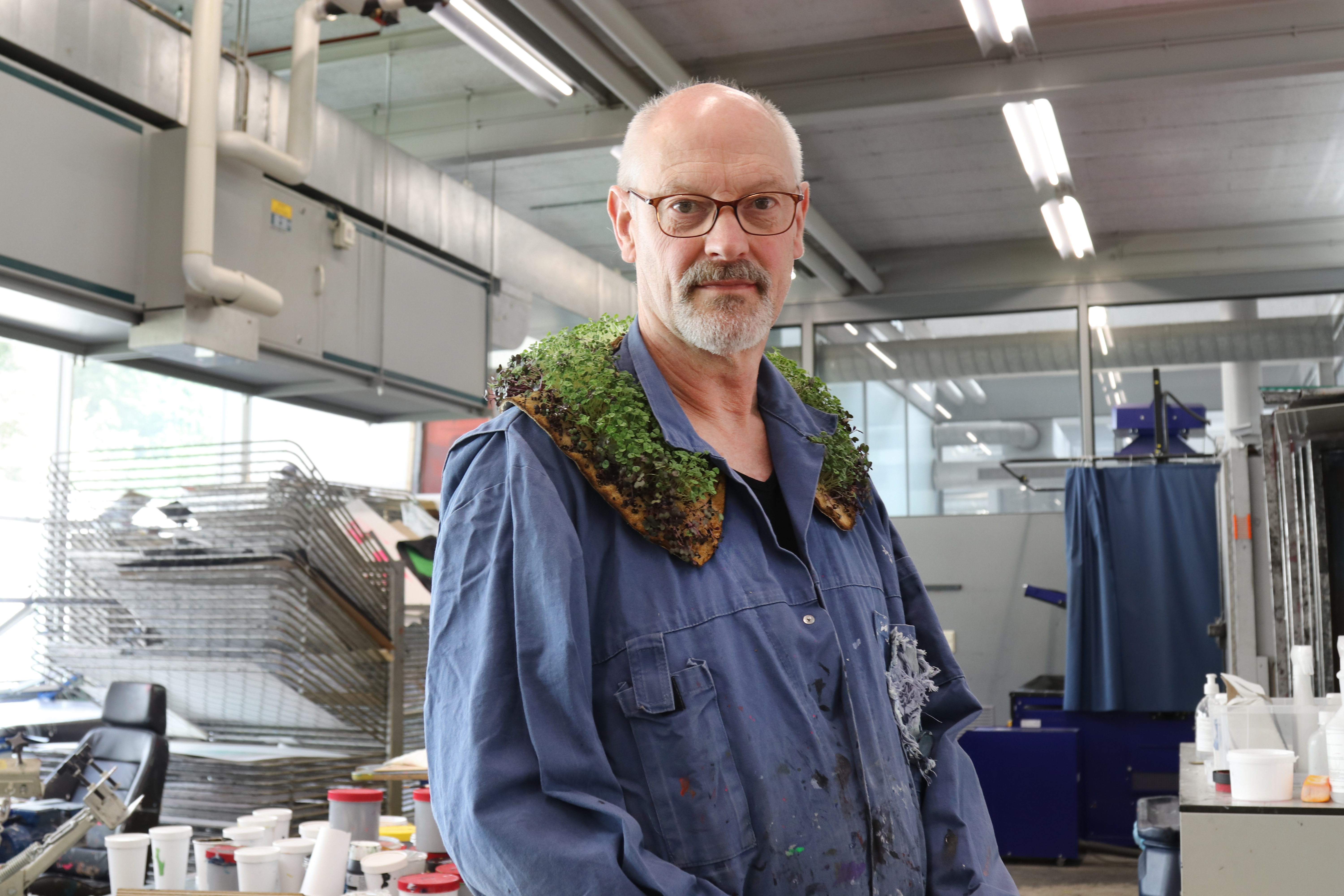


Walter Huinink / The Netherlands
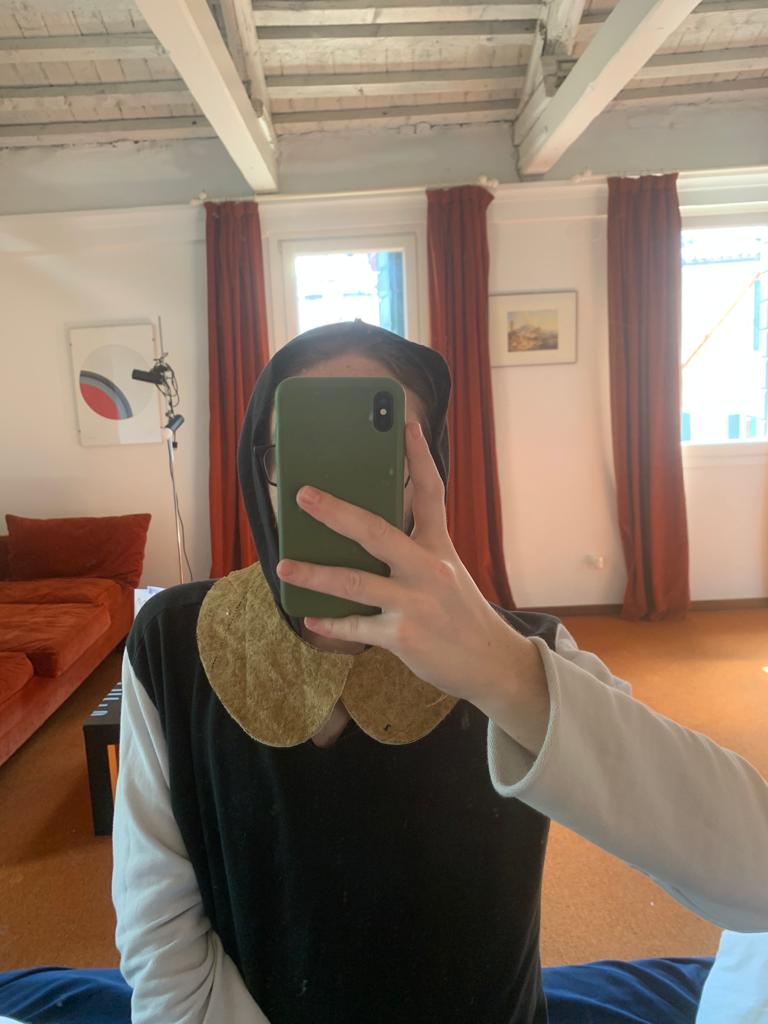
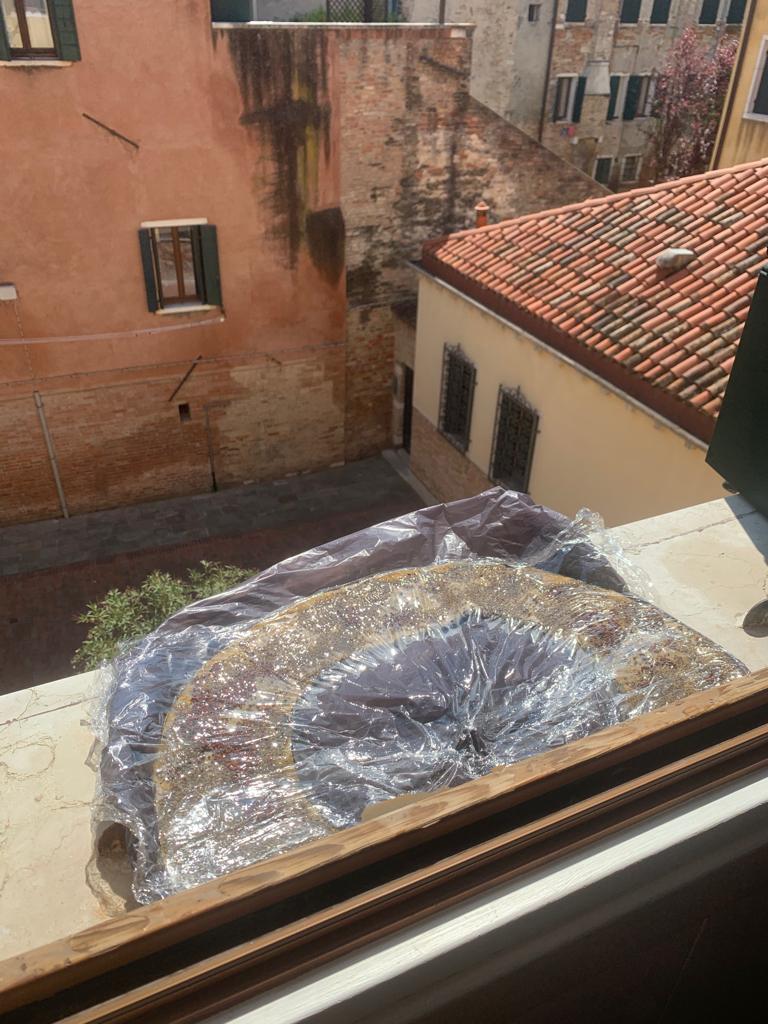
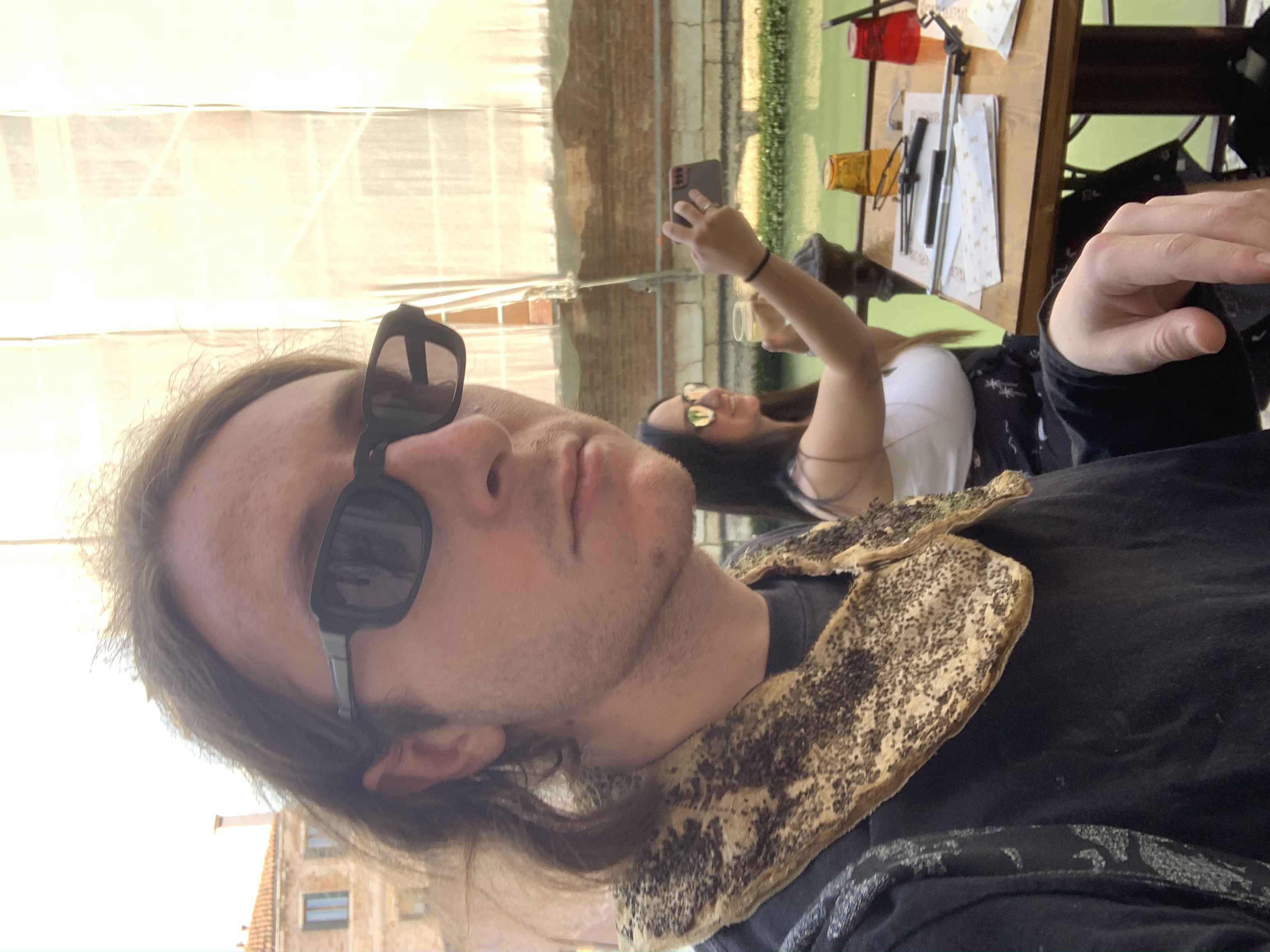

Marco Marino / Italy
Yi-Jing Chen / The Netherlands
Street Investigation: Amsterdam Zuid
Street Investigation: Arnhem Centrum
